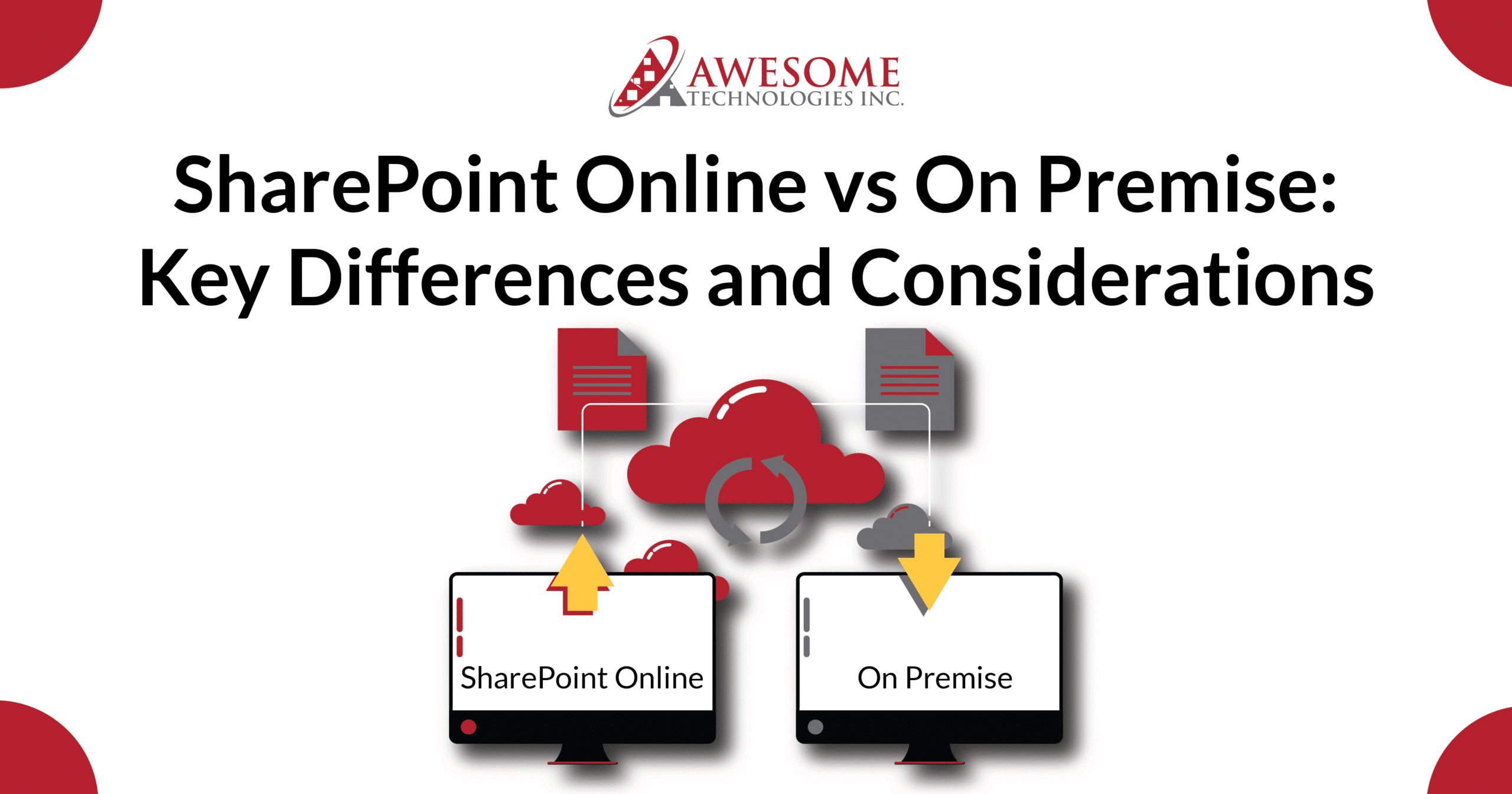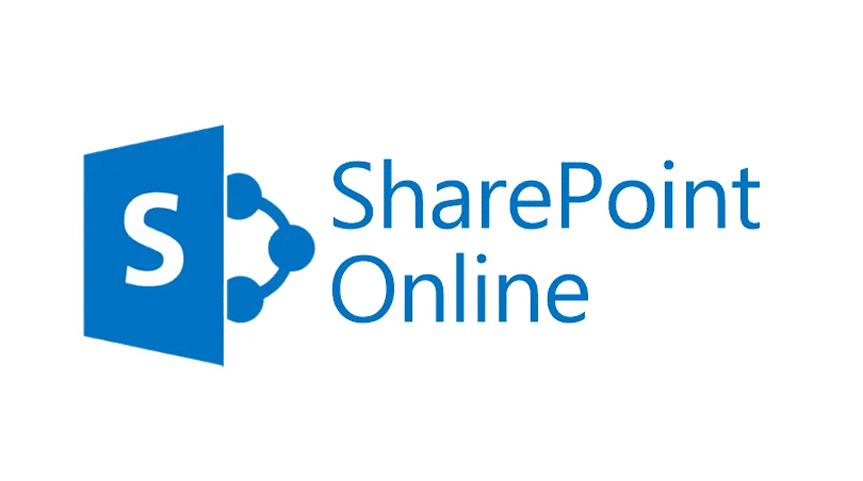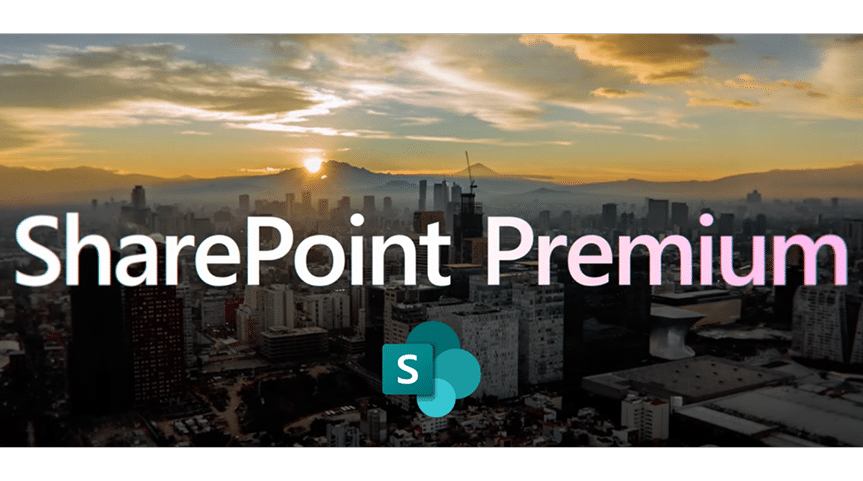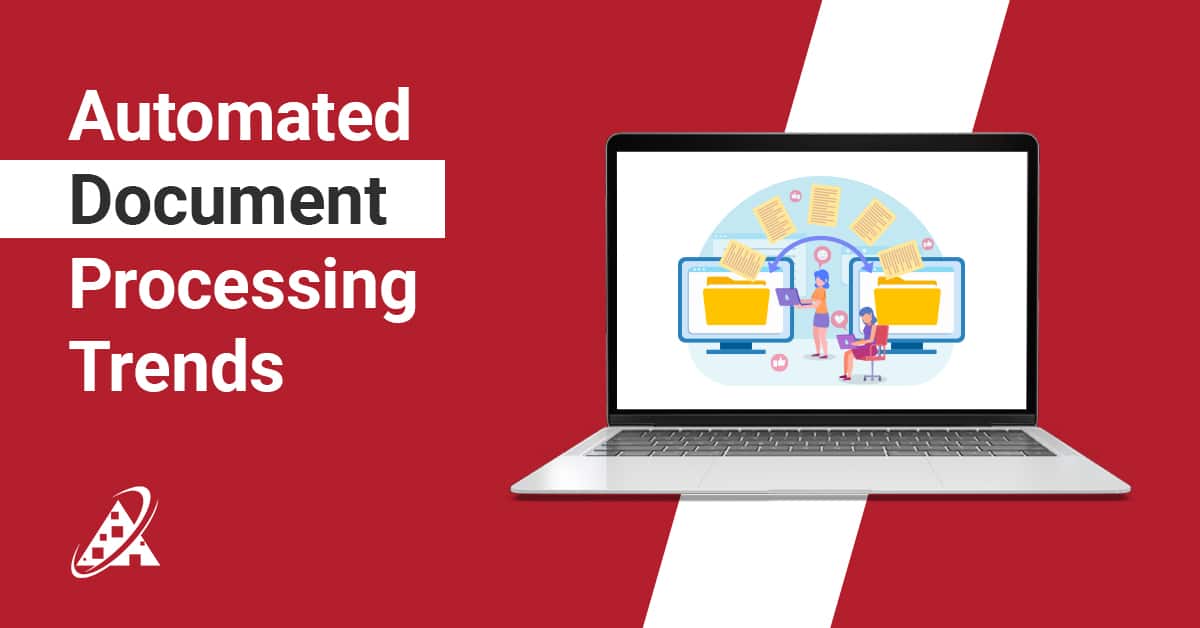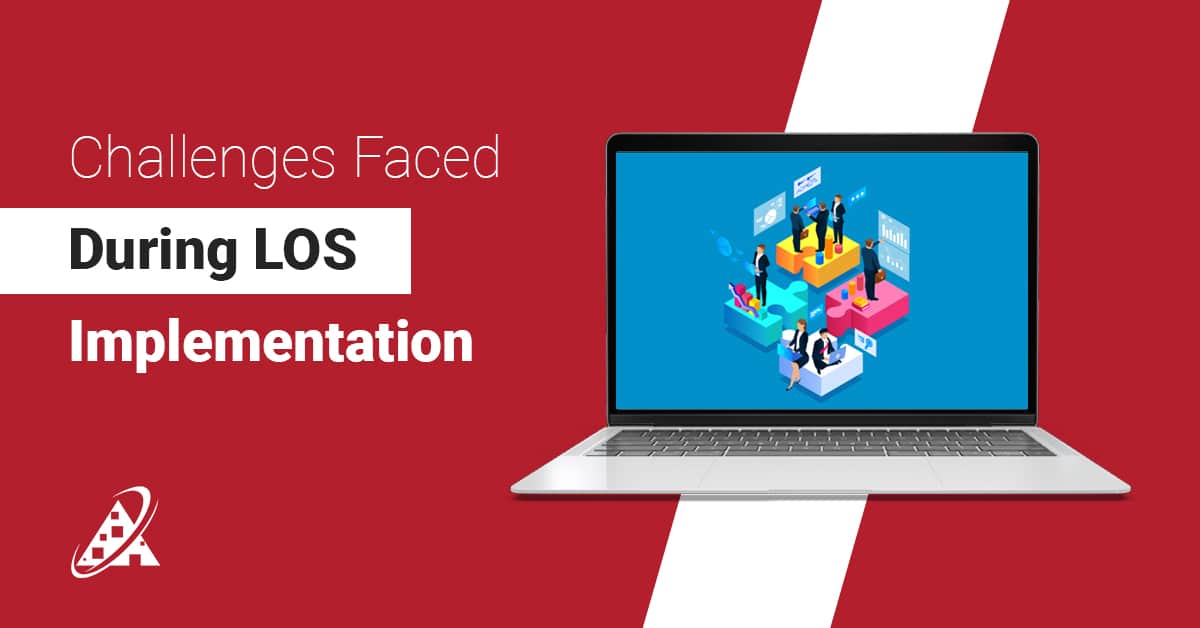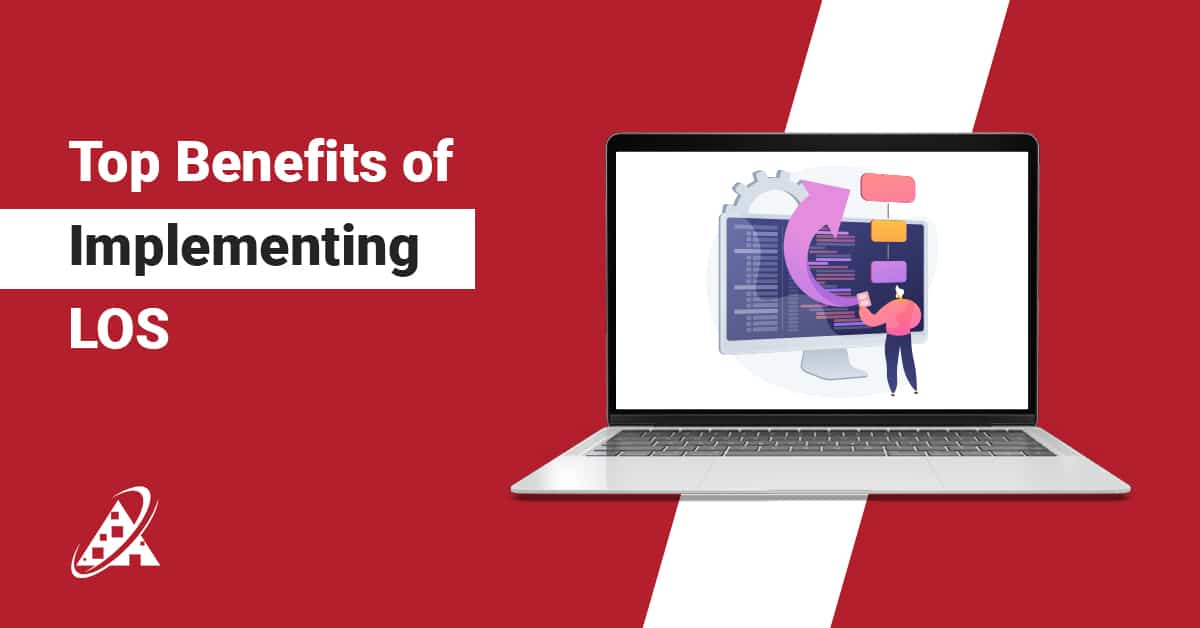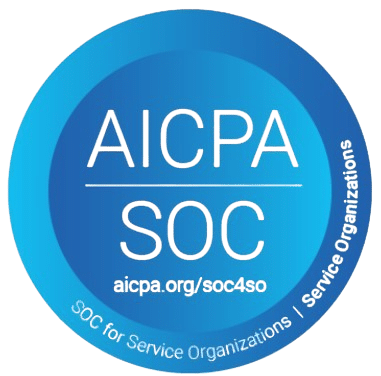When deciding how to set up SharePoint, you are making an important decision that could have an impact on how your organization operates, grows, and secures information. Microsoft has two main ways to use Microsoft SharePoint: SharePoint Online (cloud-based) or SharePoint On-Premises (hosted on your own servers), and both have good attributes depending on your organization’s needs. Indeed, SharePoint Online vs. On-Premises may require intelligent decision making!
In this blog, we will explain some of the main differences between SharePoint On-Premises and SharePoint Online to help you to narrow down the right fit based on your goals, IT environment, and future plans. We will discuss things such as control, costs, flexibility, and manageability/best practices.
SharePoint vs. SharePoint Online: What’s the Real Difference?
If you’re considering Microsoft SharePoint for your organization, you’re probably asking, “Should we use SharePoint On-Premises or SharePoint Online?” While both applications are designed to facilitate collaboration among teams and document management, the two differ widely in deployment, management, and licensing.
Let’s get into SharePoint On-Premises to Online migration, so you can choose what is best for your company.
What is SharePoint On-Premises?
SharePoint On-Premises is the traditional version of SharePoint installed and run on your company’s servers. Your IT group (or your hosting provider) is responsible for everything: operating the servers, applying software updates, and protecting your data.
SharePoint On-Premises means your company has ultimate control of its environment, making it easier for your company to meet compliance requirements, accommodate unique development needs, or leverage existing infrastructure investments. But with that level of control, there comes significantly higher start-up costs and ongoing operational responsibility!
Quick Technical Note: To effectively run SharePoint On-Premises or for related SharePoint development, you’ll need a data center for local servers, related server hardware, and a Windows Server Active Directory domain (at least Server 2003 functional level).
Licensing for SharePoint On-Premises
On-Premises Licensing uses a Server + CAL (Client Access License) model:
Server License: Required for every instance of SharePoint Server 2019.
Client Access Licenses (CALs): Required for every user or device that accesses the system.
Note: Enterprise CALs are additive. You will need both Standard + Enterprise CALs if you want to use all features.
Two Types Of CALs:
| CAL Type | Features Included | Cost (USD) |
| Standard CAL | Sites, Collaboration, basic content management and search | $180 per user |
| Enterprise CAL | Excel, Power View, Access Services, Visio Services | $90 per user |
Why is SharePoint Online a Better Fit?
While there is a time and a place for traditional (On-Prem) SharePoint, today’s rapidly ever changing digital world organizations need tools that are flexible, secure, affordable, and scalable (easy to access). SharePoint cloud based does exactly that. SharePoint Online enables your teams to efficiently collaborate, eliminates the hassle of upkeep, and allows your teams to work securely from anywhere while also maintaining productivity.
1. Work from Anywhere, Anytime
With SharePoint Online, your team can now be free from the confines of office desks and corporate networks. Files can be accessed, documents can be collaborated, and projects can be managed in real-time from any location, on any device.
Benefits:
- Access files on a web browser or mobile app
- Collaboration with remote teams can happen in real-time
- Ability to sync documents with OneDrive for offline experiences
- No VPN or local network is required
2. Automatic Updates and Maintenance
With Microsoft SharePoint Online, IT teams are not responsible for installations of updates, patches, and security updates like SharePoint On-Premises. Microsoft fully manages SharePoint Online.
What it means for you:
- No more downtime or manual updates
- You will always be on the latest version
- Your data will be more secure and reliable with no extra time on your part
- IT teams can spend time on more strategic work vs ongoing maintenance
3. Lower Upfront Costs and Predictable Pricing
SharePoint Online is offered as a subscription-based service, meaning you pay for a monthly or yearly fee per user. In contrast, SharePoint On-Premises had coach investing in hefty servers, software, or data centres. It is one of the differences between SharePoint On-premises and SharePoint Online.
Cost benefits:
- No capital expenditures (CapEx) for hardware
- Flexible monthly pricing
- Easier to scale as your team grows
- Select a plan that meets your needs and budget
4. Enterprise-Grade Security Without the Hassle
Microsoft places a high value on security. When using SharePoint cloud based, data is protected behind highly regulated security protocols, compliance checks and threat monitoring in real time
Some of the built-in security features include:
- Data encryption both at rest and in transit
- Multi-Factor Authentication (MFA)
- Built-in compliance with GDPR, HIPAA, ISO Standards
- Disaster recoveries and backups of data
5. Best Integration with Microsoft 365
SharePoint Online fully integrates with other Microsoft tools that you’re already using – Teams, Outlook, Word, Excel and PowerPoint creates a holistic experience.
Examples of productivity boosts:
- Co-author documents in Word or Excel while in SharePoint
- Share and manage meeting notes in Teams
- Automate workflows using Power Automate
- Create apps using Power Apps for custom business needs.
- Upgrade Your Business with AI-Powered SharePoint
Now let’s discuss SharePoint Premium Features – SharePoint with AI and automation capabilities that are built into the SharePoint experience.
Which One is Right for You?
| Features | SharePoint On-Premises | SharePoint Cloud Based |
| Hosting | On your own servers | In the MS Cloud |
| Maintenance | Handled by IT Team | Managed by MS |
| Customizations | Deep server-level customization | Limited, but can be extended with Power Platform |
| Compliance Control | Complete control over security and compliance | Shared responsibility with Microsoft |
| Scalability | Requires hardware upgrades | Easy to scale up or down with subscription |
| Cost Model | Upfront licensing + server costs | Monthly subscription per user |
What is SharePoint Online?
SharePoint Online is Microsoft’s cloud version of SharePoint, which can be accessed through any modern web browser. It provides all of the core SharePoint features, including document libraries, team sites, and lists, but without the need to manage servers or infrastructure.
Because it is cloud-hosted, SharePoint Online gives remote teams the ability to collaborate in real-time securely from anywhere. SharePoint Online is also fully integrated with Microsoft 365, meaning it works seamlessly with Teams, OneDrive, Outlook, and the Power Platform.
Licensing for SharePoint Online
| Plan | Monthly Cost (USD) | Features Included |
| Plan 1 | $5 | Team sites, document libraries, list management, and basic collaboration |
| Plan 2 (M365) | $12.50 | Includes Word, Excel, Outlook, webinars, video tools and more |
How Will SharePoint Premium Fit In?
SharePoint Premium is the next generation of document management, offering expanded content processing, holistic AI-powered automations, and enhanced governance. It’s perfect for organizations looking for optimal content-heavy workflows, as well as wanting to scale secure access to knowledge within an organization.
Key Features of SharePoint Premium:
- AI-Enhanced Document Processing: Allows metadata extraction and content structure organization with AI.
- Intelligent Content Tagging: AI understands how your documents are used and labels them for usage in less time.
- Advanced Compliance Capabilities: Assists organizations in better meeting their regulatory obligations and guidelines alongside policy governance and enforcement capabilities.
- Better Search Capabilities: AI provides significant improvement in content discovery and expresses content in the forms users want to find it fast.
- In-built Content Automation: Helps eliminate repetitive tasks such as manual tagging, sorting and routing of files.
If you wish to eliminate IT work, increase productivity and partnership with contemporary tools, then SharePoint Online is the smarter way forward. With SharePoint Premium you have a greater opportunity to ramp up your content through automation and AI to turn content into a strategic asset.
Whether an emerging business or enterprise with complex needs, SharePoint Online provides value, flexibility and future-ready innovation with security and reliable accessibility of your data.
How Can We Help?
Not sure where to start for SharePoint On-Premises to SharePoint Online? Whether you’re going from On-Prem to Online—or compressing a hybrid solution, our team can help you discover your SharePoint options, plan your deployments, and enable you to utilize premium advanced features of SharePoint cloud-based so your organization can collaborate, share, and be successful with confidence.
Read also -> How Much Does SharePoint License Cost?
6 Key Considerations for Selecting Between SharePoint On-Premises and SharePoint Online
1. Deployment Model:
SharePoint On-Premises: It can be hosted in an organization’s data center on-premises. IT teams are responsible for managing the hardware, networking, and integration with internal systems (such as Active Directory). This model gives full control of the environment, but requires a considerable amount of internal resources to support it. It is ideal for organizations that have a strict infrastructure or data residency requirement.
SharePoint Online: Hosted in Microsoft’s cloud, it creates a move away from on-site infrastructure. Users access Microsoft SharePoint Online through their browser, allowing organizations to support remote or hybrid work models. As it’s a cloud offering, deployment will typically take weeks instead of months, with less complexity in the setup, no need to purchase any hardware, and less traditional burdens on the IT department. It is ideal for fast-moving organizations, who are looking for agile, low-maintenance work spaces.
2. Subscription Model:
SharePoint On-Premises: Microsoft Sharepoint operates on a perpetual license. The organization pays for both the licenses and optional technical support, but it does not have a regular flat-rate subscription cost. An organization purchases the license outright, then manages the hardware and software upgrades as needed. While there are no fees past the license acquisition, the organization will have continued liabilities for the operational costs of running the sharepoint software. This is ideal for organizations that prefer their expenditure to be capital expenditure (CapEx) versus through operational spend.
SharePoint Online: SharePoint Online works within a subscription-based model of Microsoft365 plans. Organizations can purchase monthly or annual billing, based on the number of licenses they need (with packages available depending on a range of business needs). An organization receives cloud storage for SharePoint, content includes technical support and automatic upgrades. Overall, this is a regularly scalable ‘pay-as-you-go’ subscription, with predictable monthly or annual fees.
3. Maintenance & Updates
SharePoint On-Premises: Internal IT teams are responsible for undertaking, and bringing a SharePoint service configuration into compliance with a version update or bringing up-to-date an existing system. Internal organizations must perform security, performance, and bug fixes, which means they have more control (when to update) but it increases the workload to manage the system and risks downtime. Regular maintenance in SharePoint On-Premises is required to keep it secure and reliable.
SharePoint Online: Microsoft takes care of Maintenance, Patching, Rollouts, and Features. Microsoft automatically does the updating, while the organization is responsible for the configuration. This has the advantages of dumping burden on the IT staff, consistency of high performance and in the event of security vulnerability, Microsoft does a great job of managing it promptly and swiftly. So, this leads to availability with low internal staff use.
4. Scalability & Flexibility
SharePoint On-Premises: It is highly configurable, offers complete control over integrations and configurations. Also, to increase scalability, just upgrade the physical infrastructure, which creates slowness, high cost and time consumption until new hardware is available. In many instances, SharePoint platforms are well suited for large enterprises to develop tailored workflows, develop apps, or utilize adoption with server-side solutions. However, the escalation can involve complicated planning and maturity for project milestones and long lead times.
SharePoint Online: Quickly scalable with low technical effort. Organizations can shuffle their storage or user licenses as their situation continuously changes. Built-in tools and add-ins allow growth without custom development, utilising agility and quick growth for modern businesses.
5. Cost and Infrastructure
SharePoint On-Premises: Involves significant upfront investment to purchase the servers, licenses, and available IT resources. Ongoing costs include maintenance (hardware and software), electricity, cooling, and staff activity. It’s an asset with an investment period, so you keep some capital expense and have long-term control over the costs. However, you won’t have flexibility with your costs. More suitable for organizations who have infrastructure and IT capacity experience.
SharePoint Online: There are no physical servers to purchase or pay for those associated overheads, so you have predictable costs due to subscription pricing. This makes forecasting and strategizing around budgets more effortless. Due to subscription capabilities, you no longer are incurring capacity expenses (CapEx) and instead, operational expenses (OpEx). It is ideal for smaller and mid-sized businesses (SMB) or enterprises looking to reduce IT costs and prowess.
6. Security and Compliance
SharePoint On-Premises: You have complete control over all of your configurations regarding security, data access, security and compliance regarding your own policies about compliance. Organizations can impose configurations based on their policies tailored to their internal or industry compliance. Data is on-premises, or at least locally to the organization, respecting sovereignty, privacy, and compliance views. However, it also depends on the quality and experience of the IT capability of the organization to secure information in SharePoint.
SharePoint Online: You can leverage Microsoft’s security infrastructure and overall enterprise-grade security service that utilizes multiple layers of control. Including encryption of data, threat detection, and compliance with many global standards. Physical security is managed by Microsoft, including the permissions of physical access. Digital security is based on shared responsibility for data governance and privacy about your deployments.
Wrapping Up:
Microsoft SharePoint is not just a document management system-it’s a robust platform that connects teams, information, workflows, and business. Whether you are empowering real-time collaboration across global offices or making collaboration and information retrieval easier for your employees, your SharePoint deployment will be pivotal to your long-term success.
By understanding SharePoint cloud based and SharePoint On-Premises and the intelligent solutions in SharePoint Premium, your organization can build a future-ready digital workplace that is secure, scalable, and smart.
Whether you are planning to implement SharePoint for the first time or you are looking to take your SharePoint implementation to the next level, we can help! Let’s connect to discuss SharePoint development! Our experts can assist you in deployment strategies, customization possibilities, and intelligent integrations based on your unique needs.
Take the next steps towards a more efficient, collaborative, and future-proof SharePoint experience and avail the best SharePoint On-Premises services and SharePoint Online services!

